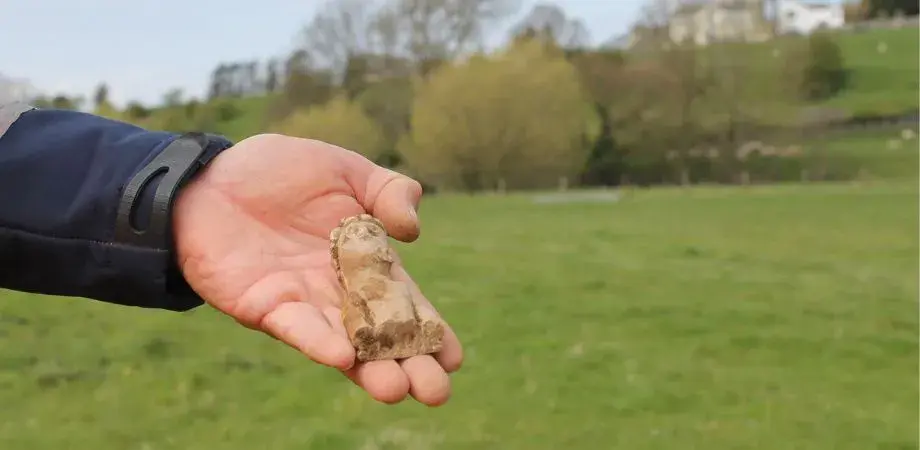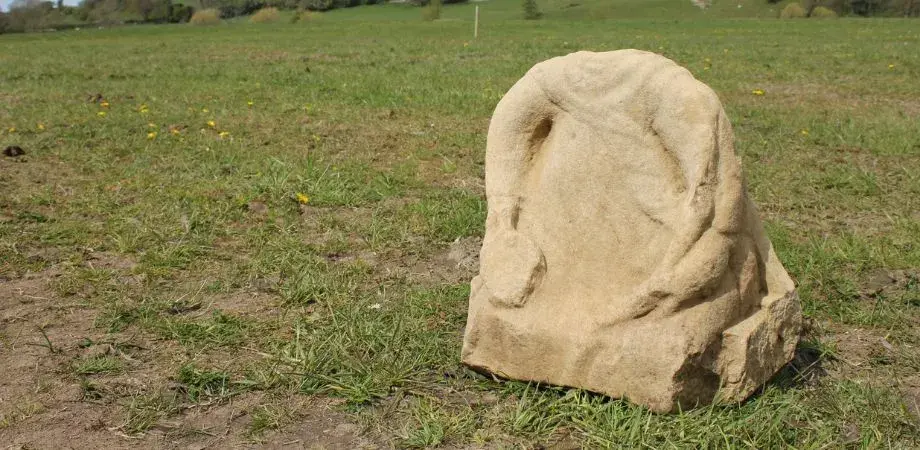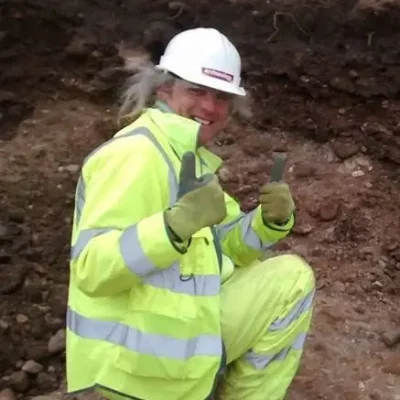Archaeological excavations at the Broomlands site in Cockermouth, Cumbria, were carried out by Ecus’ Barnard Castle team during late winter and early spring this year. The site is situated on the western outskirts of the town and lies on the southern floodplain of the river Derwent, where flood defenses and alleviation measures are soon to be engineered for the protection of houses and amenities. The location would have been overlooked by the Roman fort of Derventio, where the modern village of Papcastle now sits.
The main purpose of the investigation was to understand the form and size of a civilian settlement associated with the Roman fort. It has long been thought that the fort of Derventio and civilian settlement (vicus) played a crucial role as a central hub for the western forts situated along Hadrian`s Wall and along the Cumbrian coastline, although this has yet to be proven.
During our time on site the team identified artefacts and structures relating to many aspects of day-to-day life during the Roman period. At the periphery of the vicus, these included residues from industrial activity in the form of burnt rubbish pits located beside a modified marching camp, as well as components associated with agriculture. Whereas, in the main part of the vicus, a number of timber buildings were found to be fronting the remains of a roman road, which lead up to a bridge crossing, then onwards to the southern gate of the fort.
A treasure trove of artefacts surfaced from the vicus. Among the findings were Samain wares and local pottery, along with roman coinage dating back to the reigns of Trajan to Antoninus Pius (early mid 2nd century AD).
The most exciting and important objects unearthed were several small figures depicting Roman gods, including a balsamarium (incense holder) in the shape of Bacchus, the god of wine. A large, inscribed altar was also found within rubble covering the bridge crossing.






